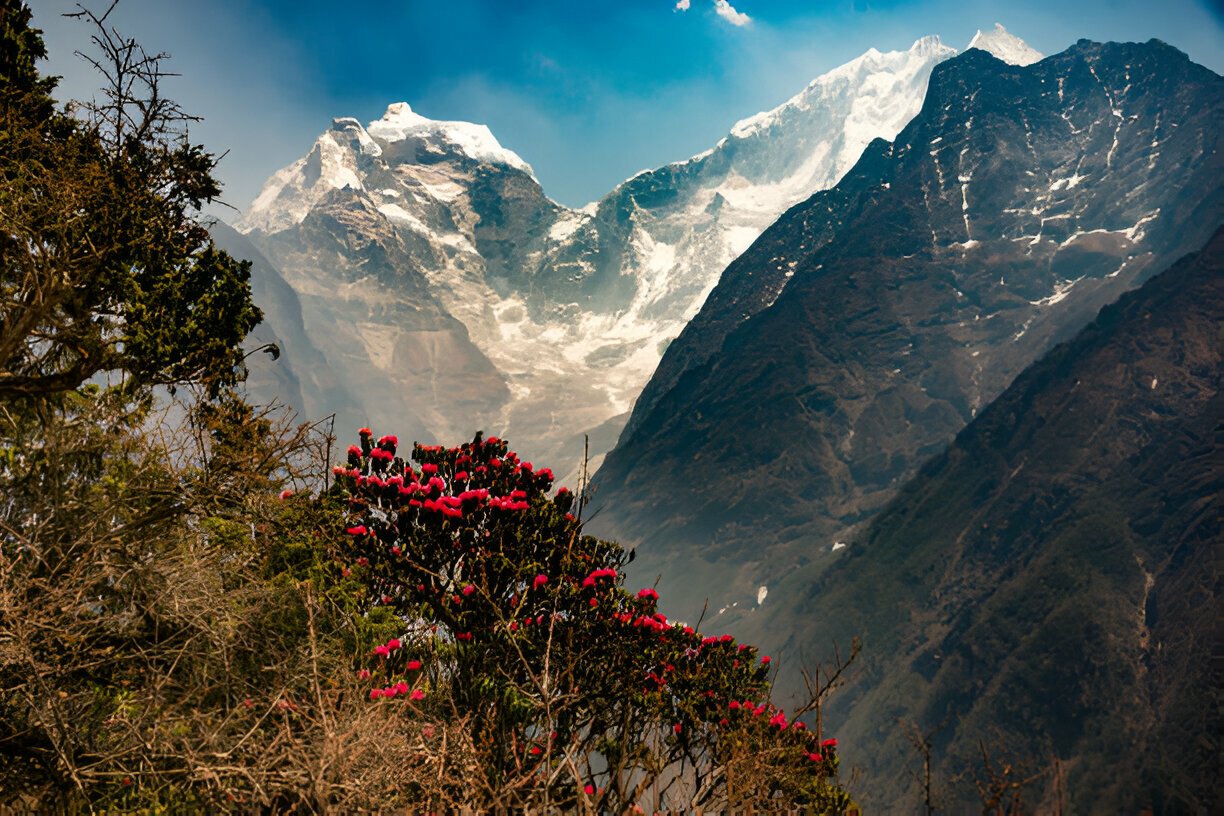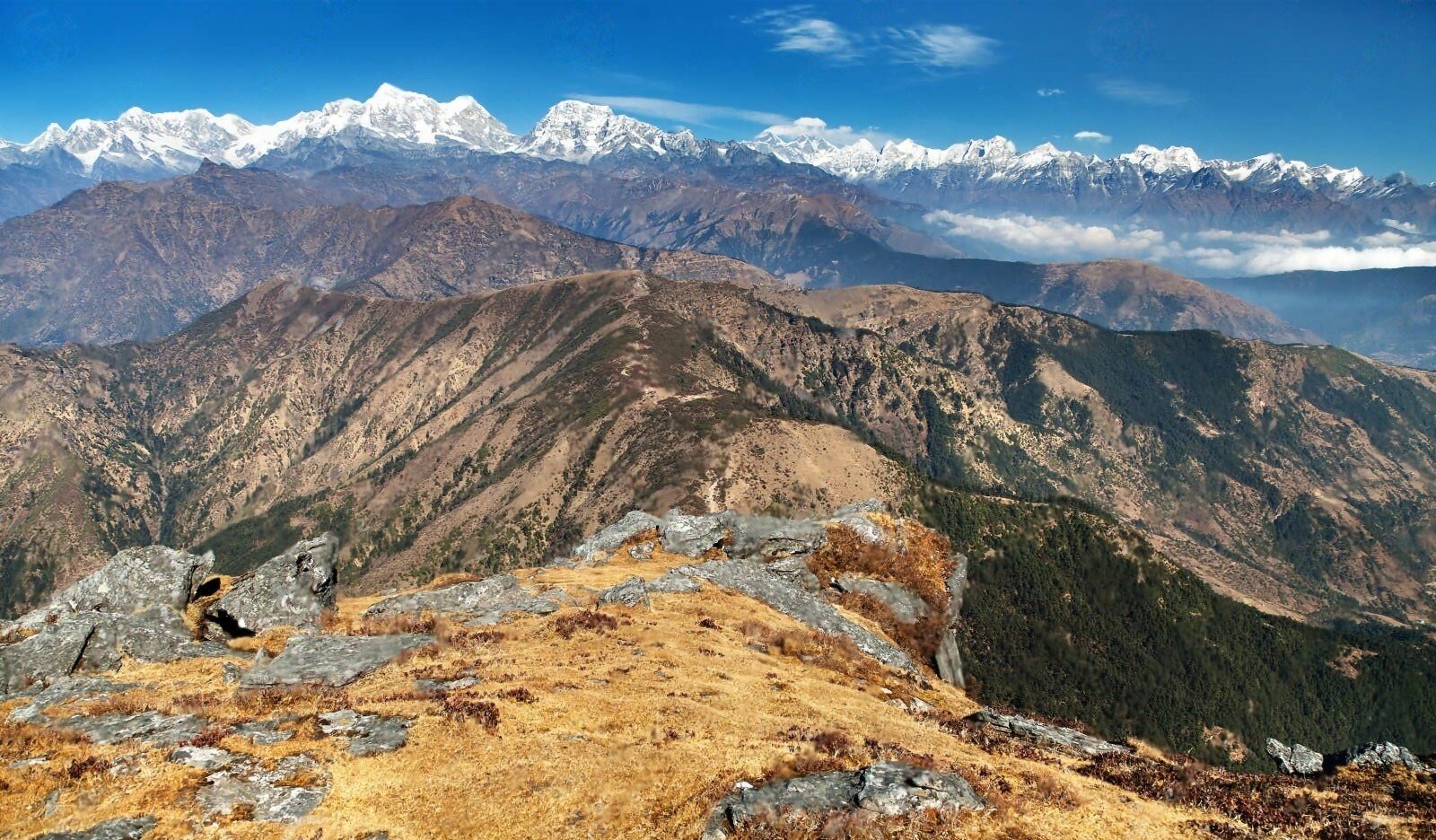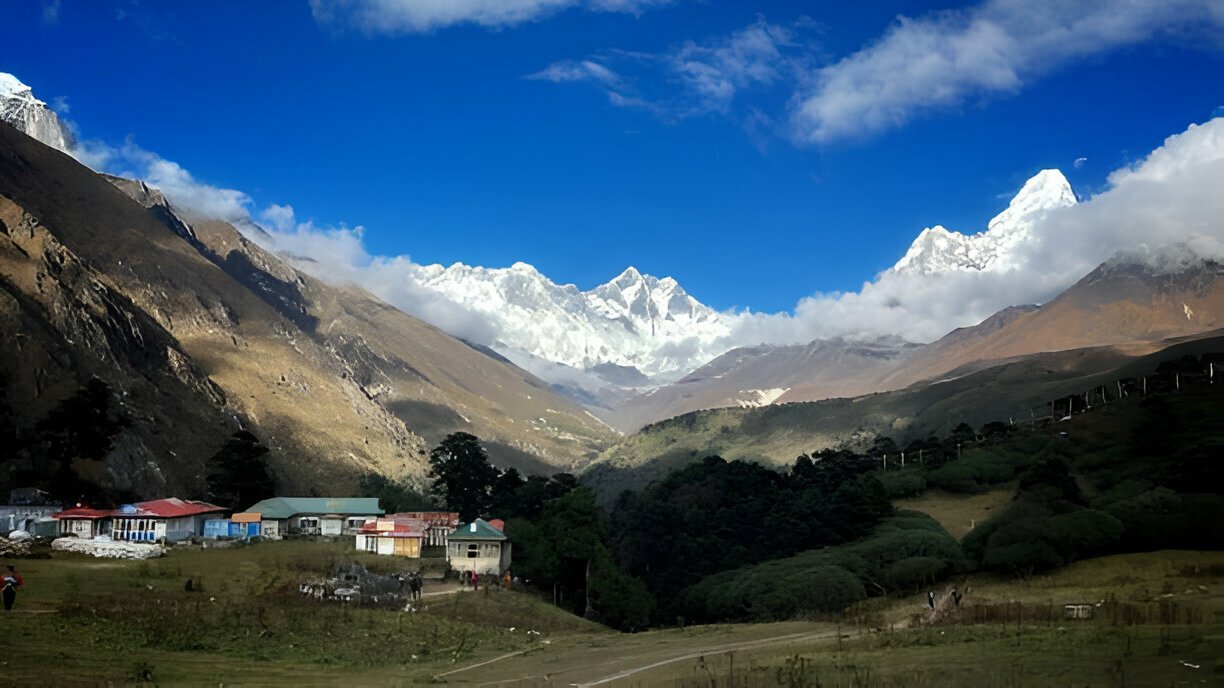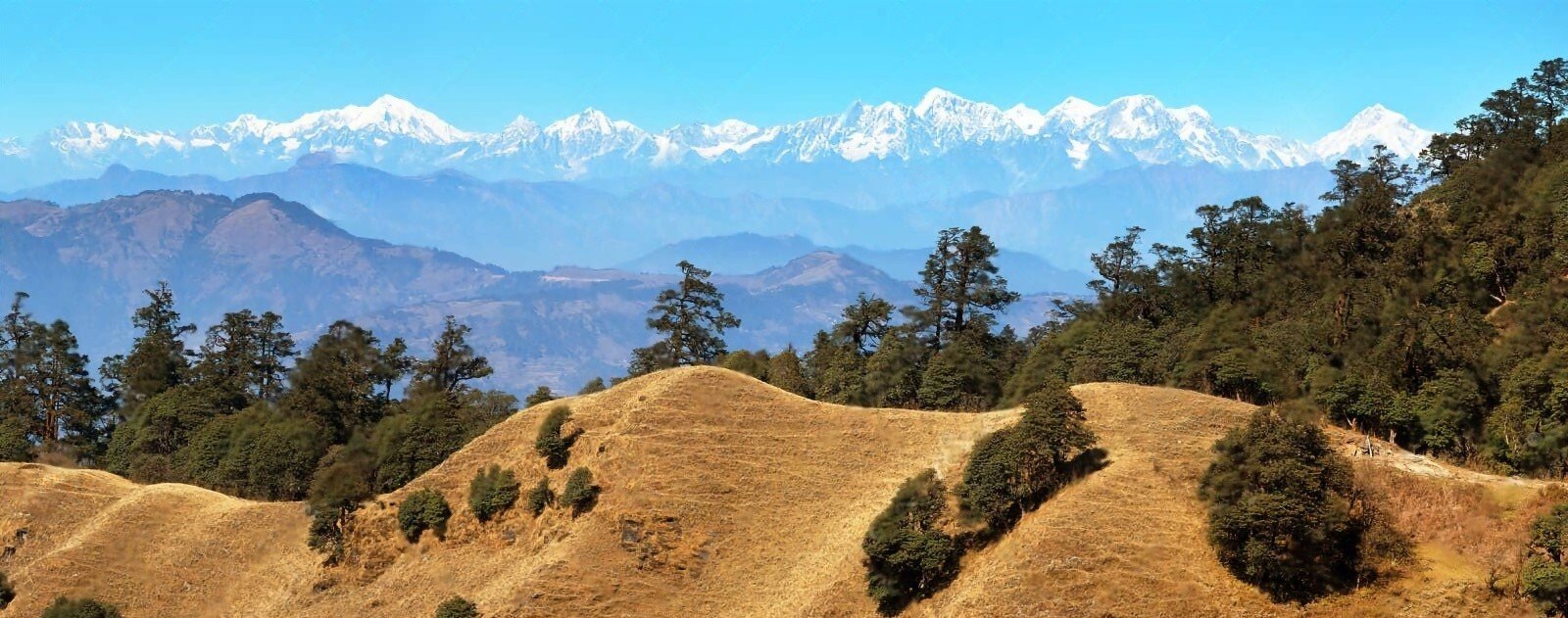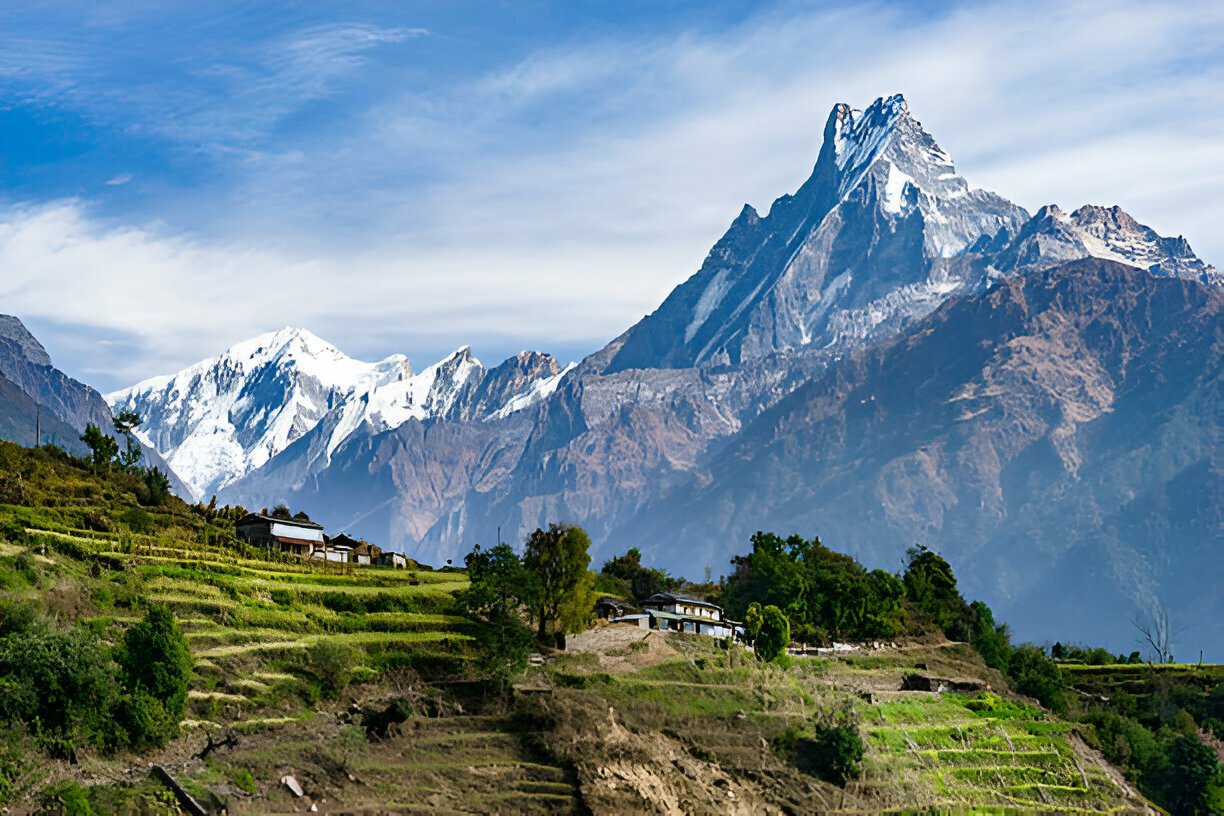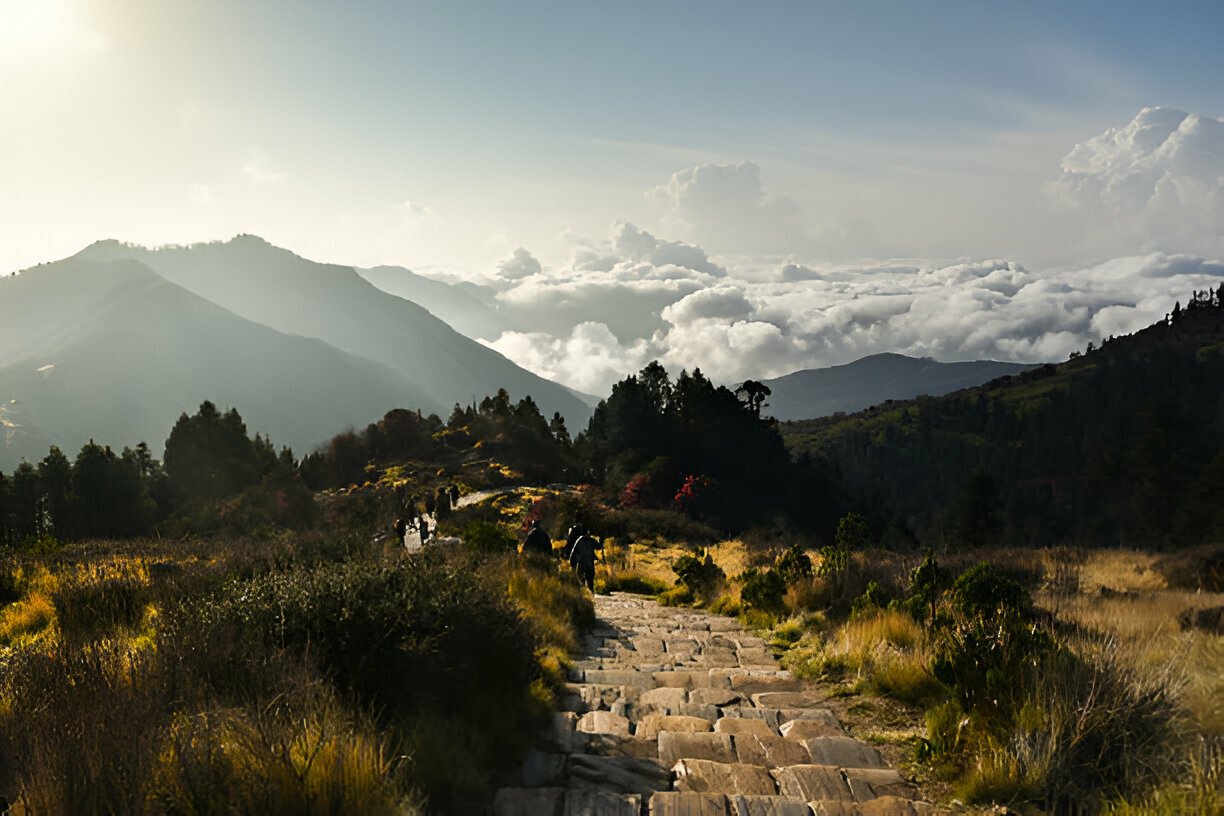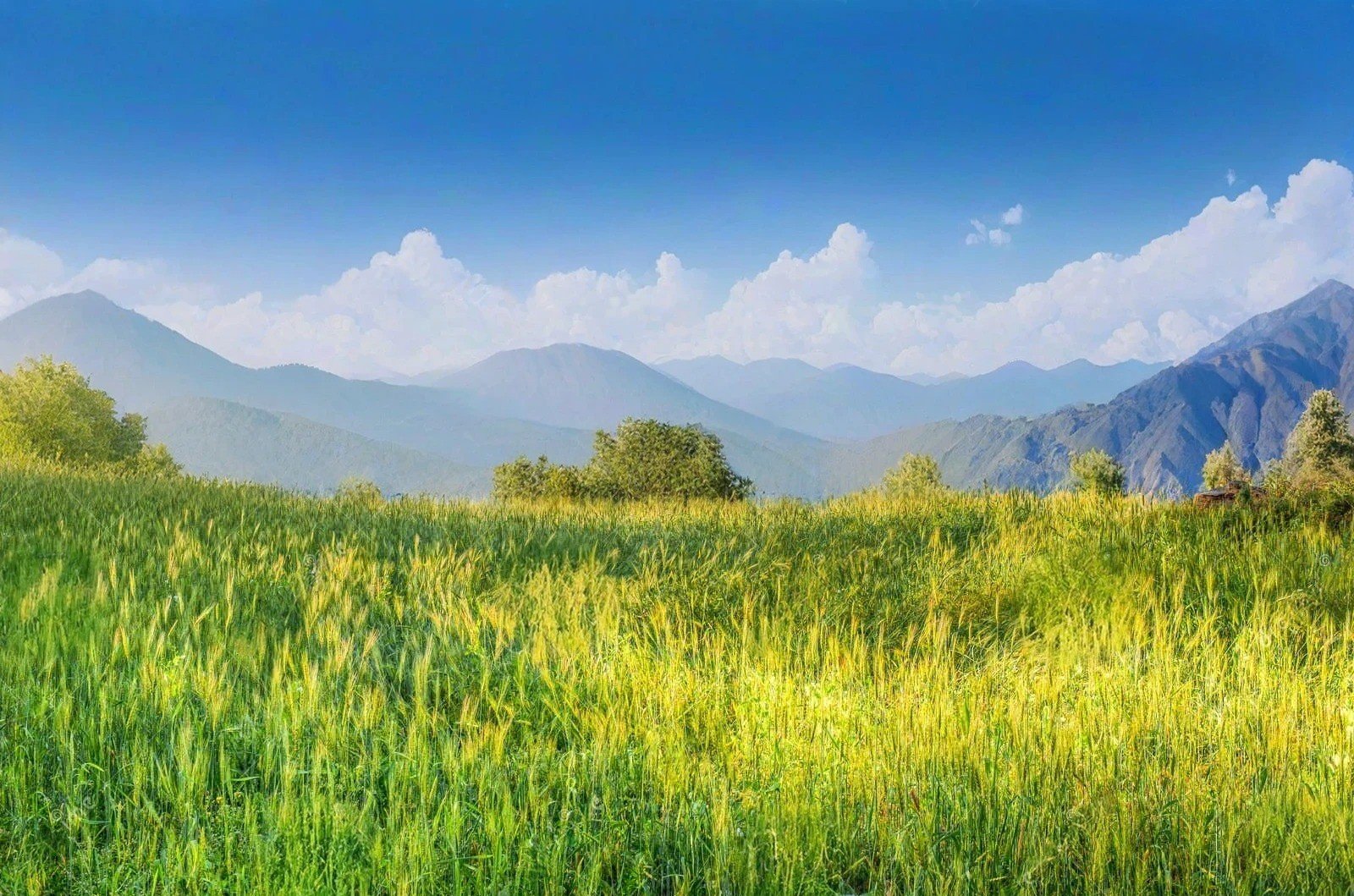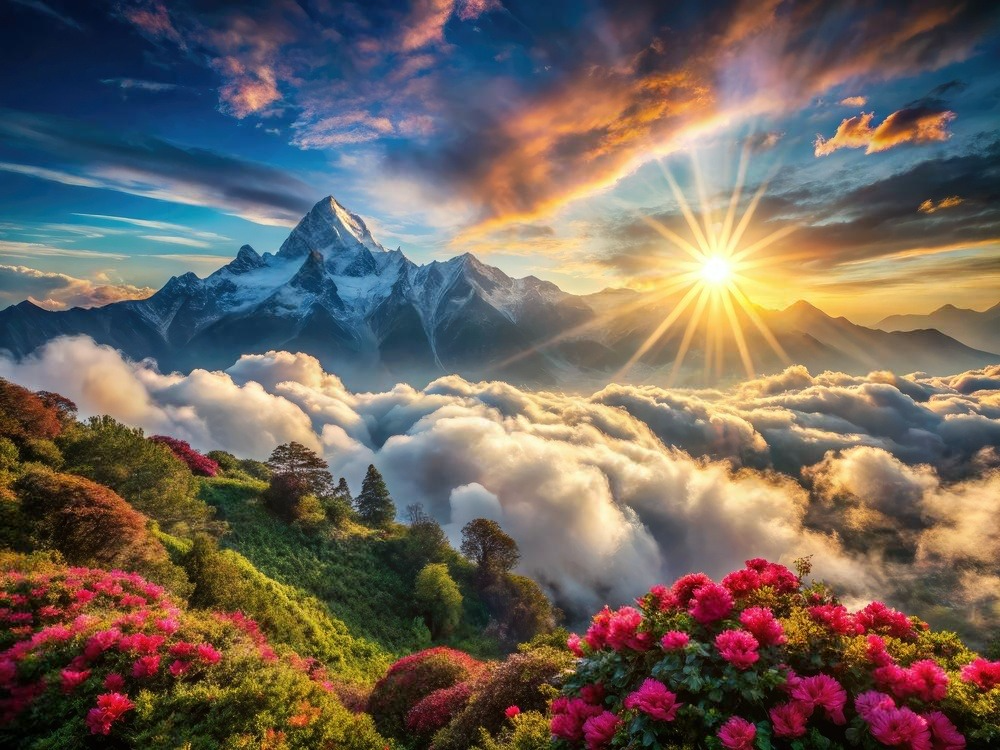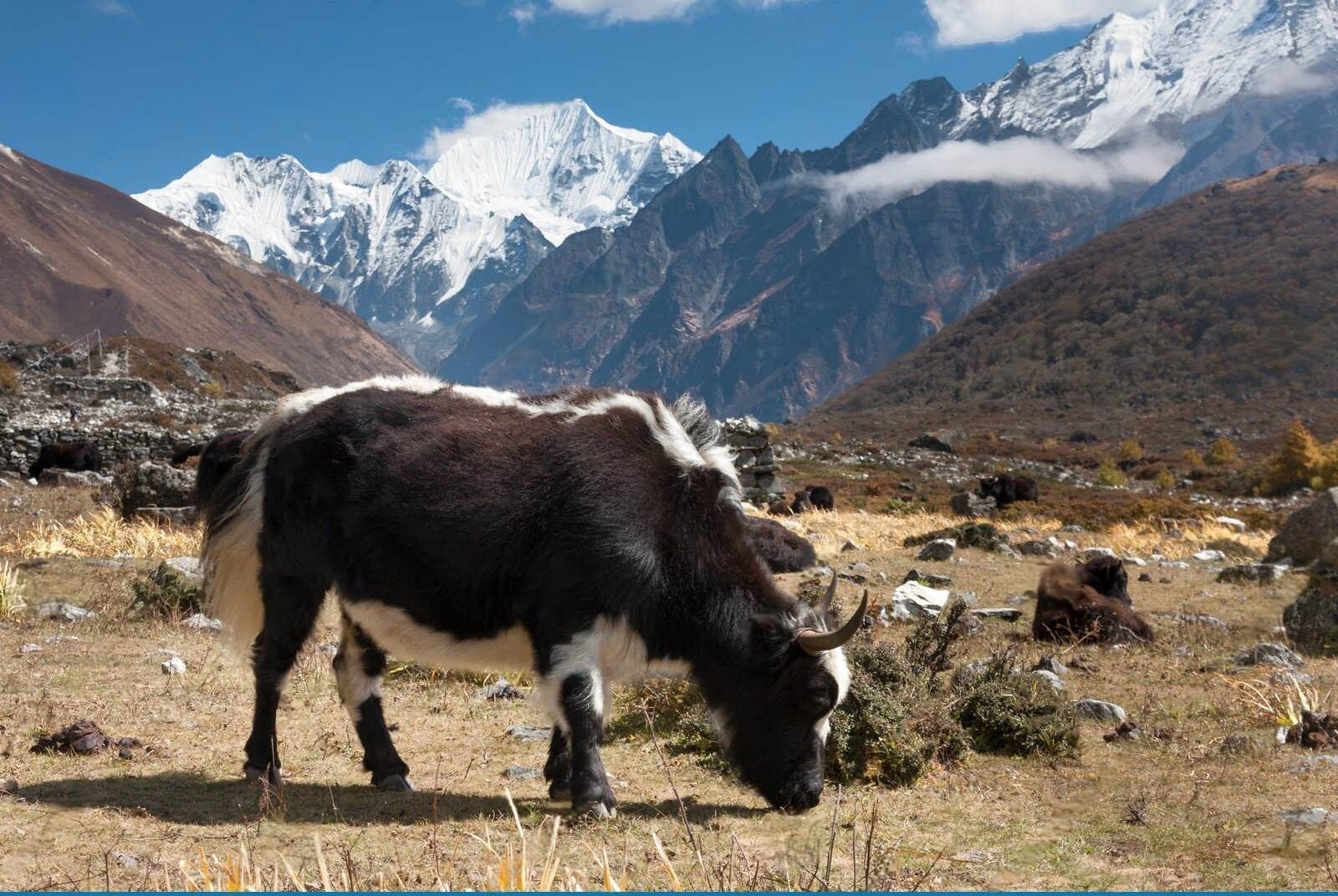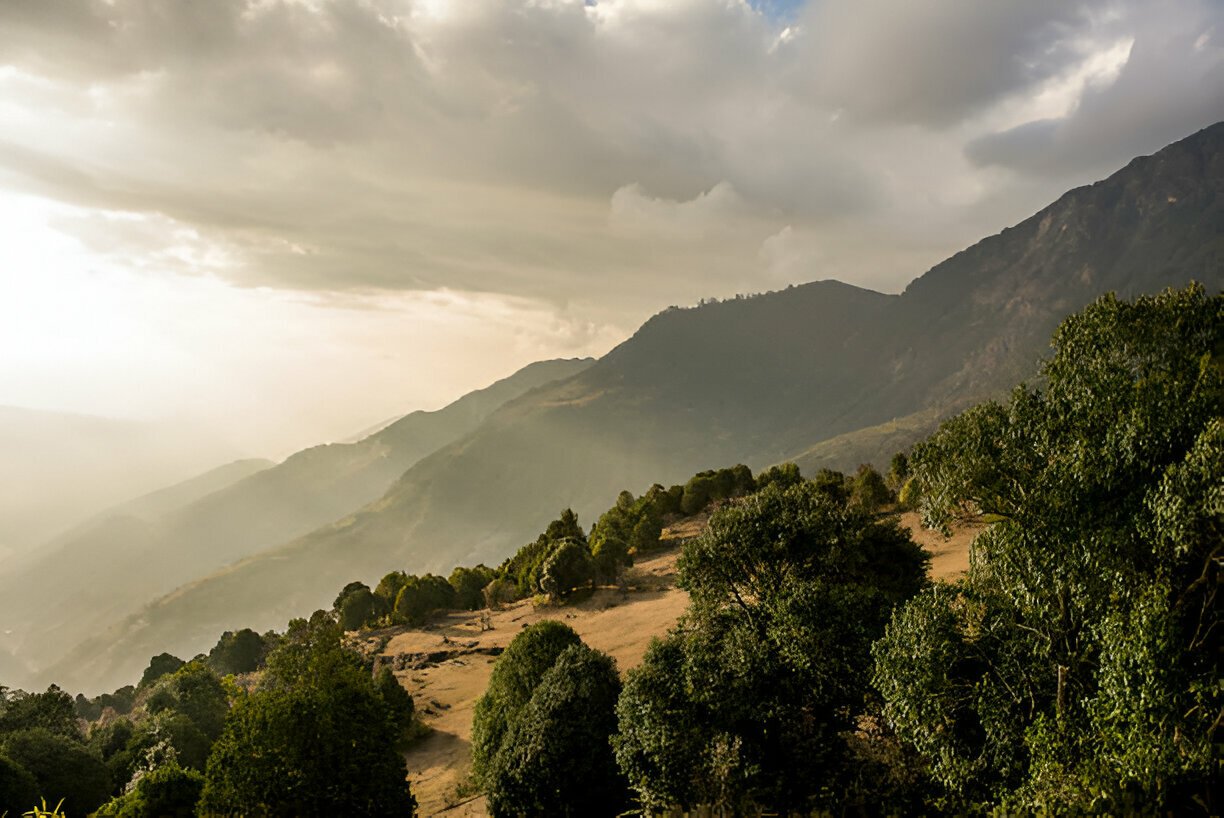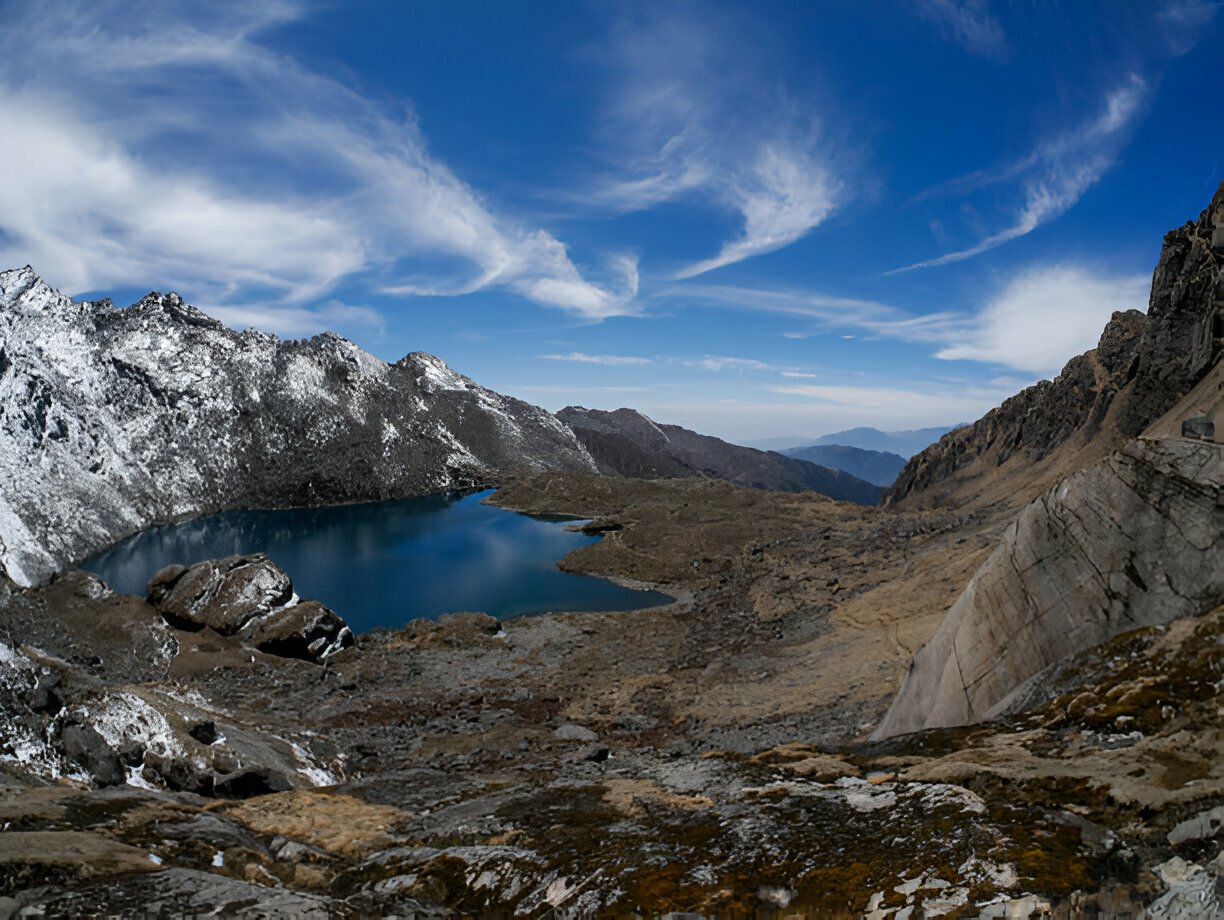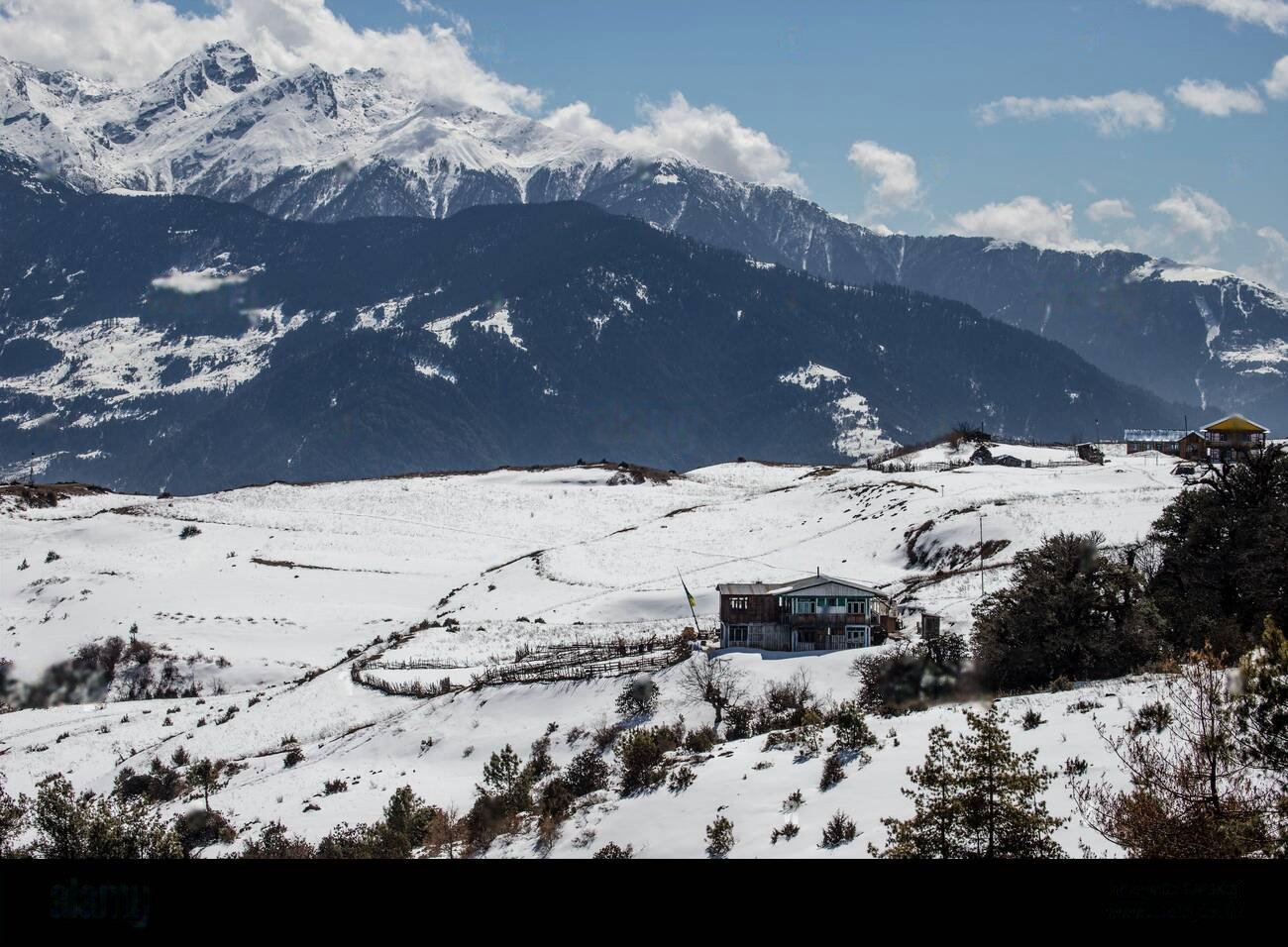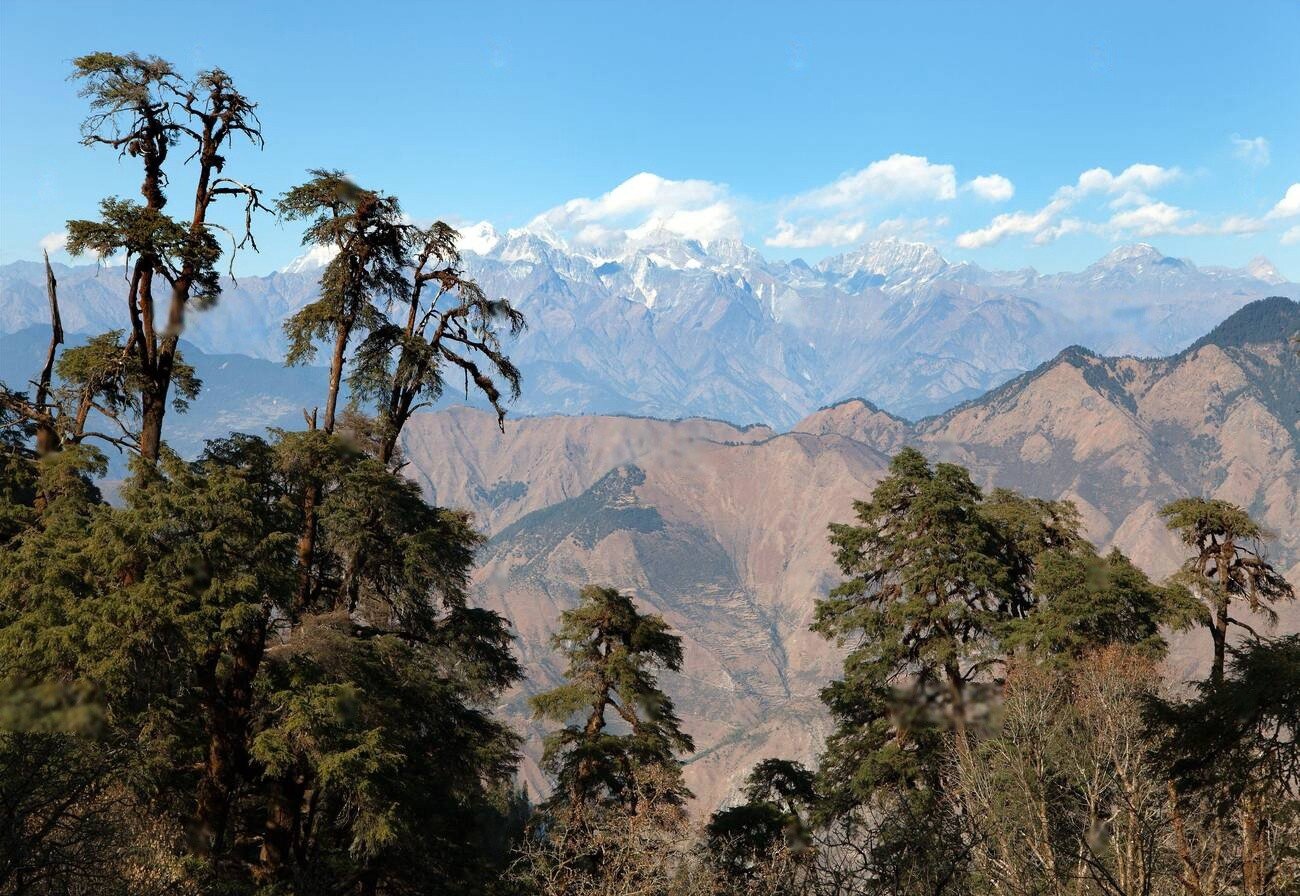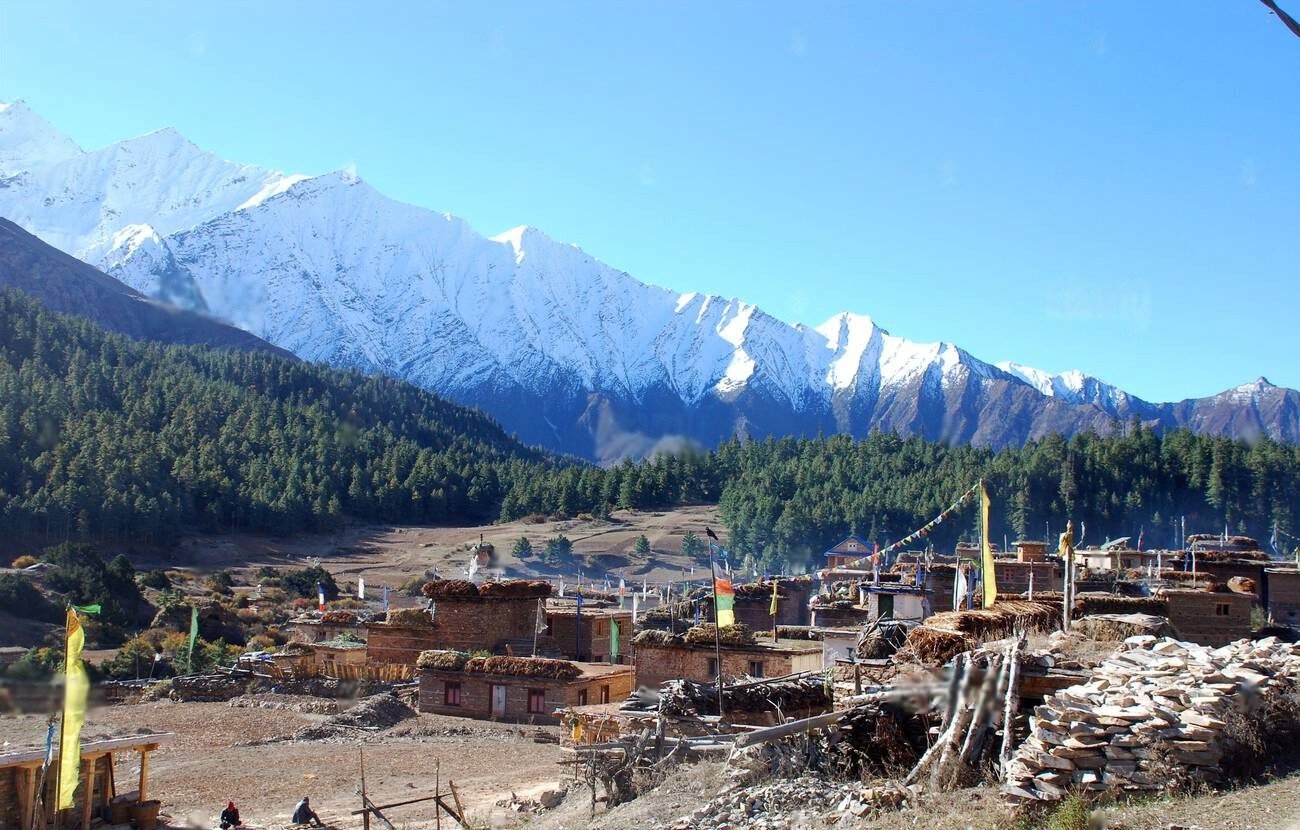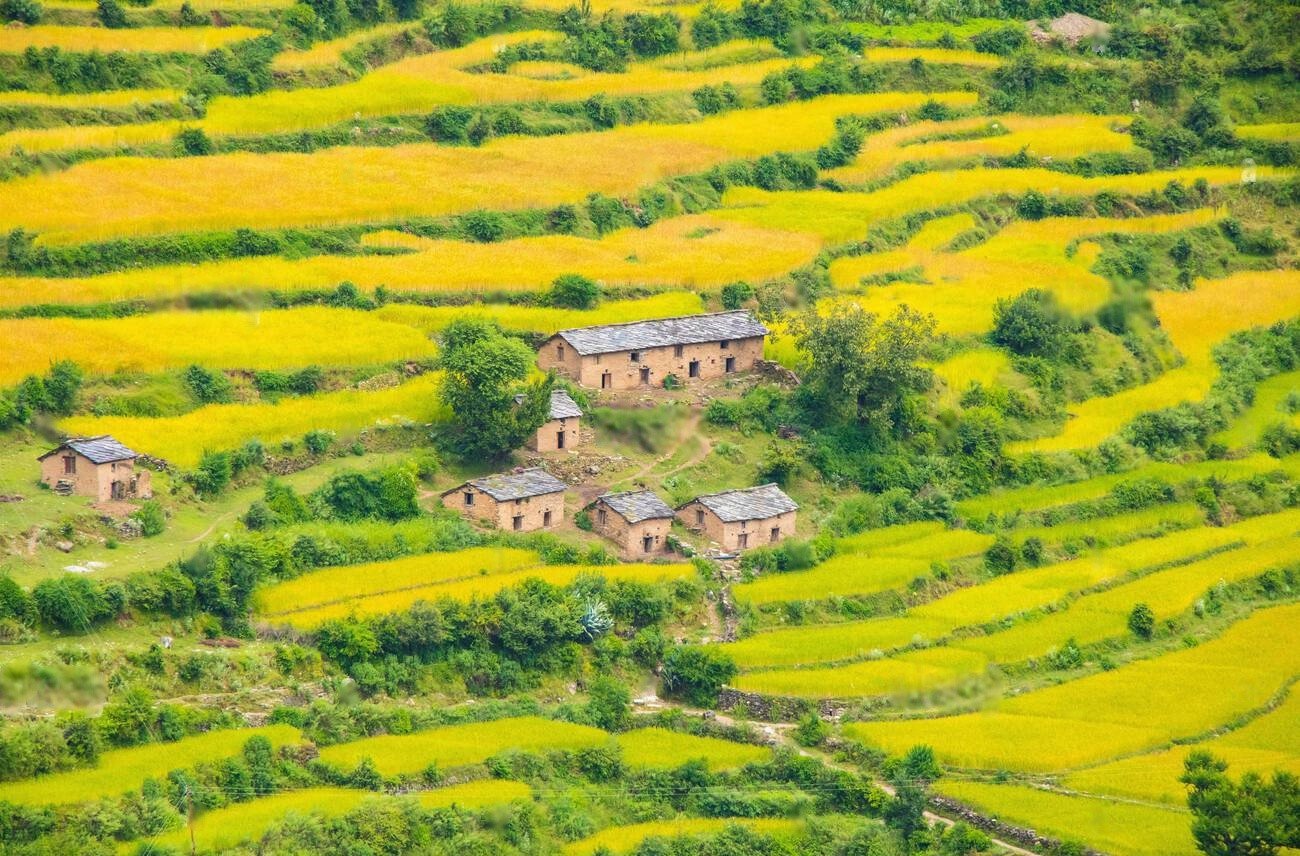 About This Trek
About This Trek
The Saipal Base Camp Trek represents a true wilderness experience that few travelers have encountered. What sets this trek apart is its perfect combination of pristine natural beauty and cultural authenticity in one of Nepal's least visited regions.
As you make your way through the remote Humla district, you'll witness dramatic landscape transformations. The trail begins in the temperate forests near Simikot, with rushing mountain streams and diverse vegetation. Gradually, the terrain shifts to high mountain passes and expansive valleys as you approach the higher elevations. Each day unveils new panoramas, with Mount Saipal revealing itself in stunning clarity as you near the base camp.
The cultural dimension of this trek is particularly special. The predominantly Tibetan Buddhist inhabitants of upper Humla maintain ancient traditions, religious practices, and lifestyles largely unchanged by modern influences. Ancient monasteries, prayer walls, and chortens dot the landscape, offering glimpses into a spiritual way of life that predates recorded history in the region.
Physically, the trek challenges participants with long daily walks, high mountain passes, and the effects of significant altitude. The remoteness of the region necessitates careful planning and acclimatization days strategically placed throughout the itinerary, making the trek achievable for those with good fitness levels. The profound sense of accomplishment upon reaching Saipal Base Camp—standing where very few trekkers have ventured before—creates an unparalleled feeling of discovery.
Throughout the journey, the connections formed with your small trekking group, local guides, and villagers you encounter along the way enhance the experience immeasurably. Sharing stories around evening campfires, learning about local customs directly from community members, and navigating challenging terrain together creates a unique camaraderie rarely found on more popular trekking routes.
The Saipal Base Camp Trek represents a true wilderness experience that few travelers have encountered. What sets this trek apart is its perfect combination of pristine natural beauty and cultural authenticity in one of Nepal's least visited regions.
As you make your way through the remote Humla district, you'll witness dramatic landscape transformations. The trail begins in the temperate forests near Simikot, with rushing mountain streams and diverse vegetation. Gradually, the terrain shifts to high mountain passes and expansive valleys as you approach the higher elevations. Each day unveils new panoramas, with Mount Saipal revealing itself in stunning clarity as you near the base camp.
The cultural dimension of this trek is particularly special. The predominantly Tibetan Buddhist inhabitants of upper Humla maintain ancient traditions, religious practices, and lifestyles largely unchanged by modern influences. Ancient monasteries, prayer walls, and chortens dot the landscape, offering glimpses into a spiritual way of life that predates recorded history in the region.
Physically, the trek challenges participants with long daily walks, high mountain passes, and the effects of significant altitude. The remoteness of the region necessitates careful planning and acclimatization days strategically placed throughout the itinerary, making the trek achievable for those with good fitness levels. The profound sense of accomplishment upon reaching Saipal Base Camp—standing where very few trekkers have ventured before—creates an unparalleled feeling of discovery.
Throughout the journey, the connections formed with your small trekking group, local guides, and villagers you encounter along the way enhance the experience immeasurably. Sharing stories around evening campfires, learning about local customs directly from community members, and navigating challenging terrain together creates a unique camaraderie rarely found on more popular trekking routes.
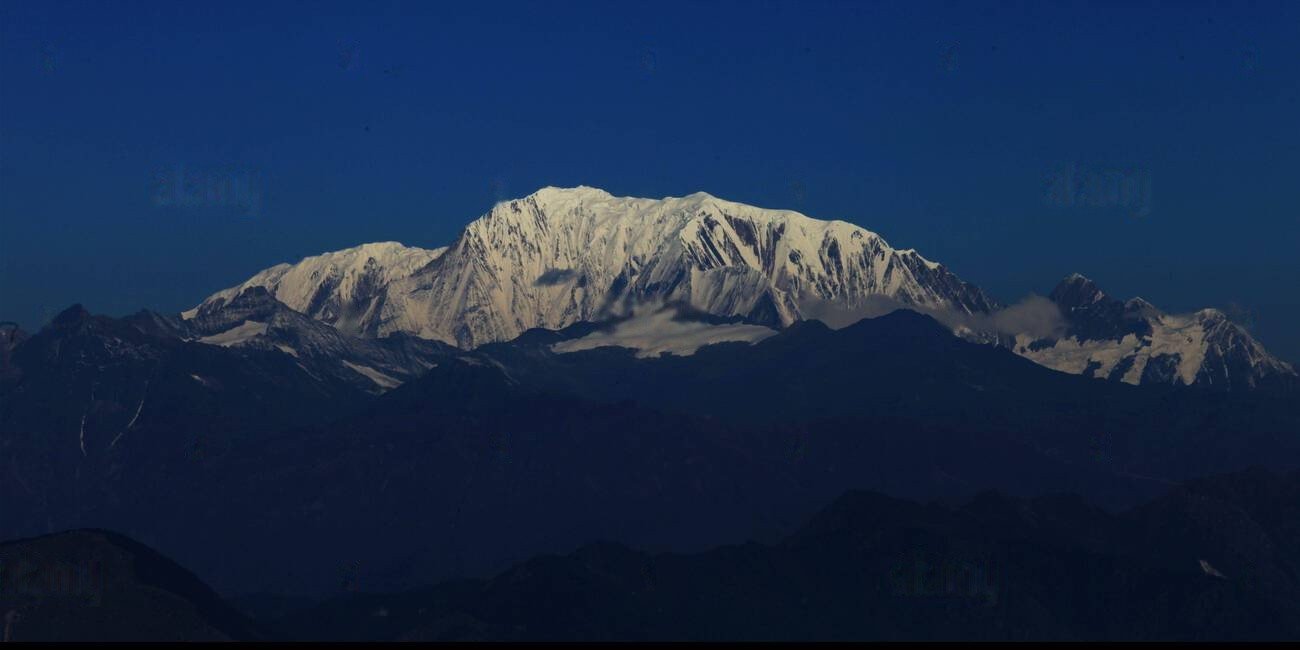
From $0
Price Varies from Group Size
Success
Here goes about why the success toast occurred.
 Itinerary
Itinerary
Arrival in Kathmandu (1,400m)
Kathmandu to Nepalgunj (150m)
Nepalgunj to Simikot (2,950m)
Simikot to Dharapori (2,300m)
Dharapori to Kermi (2,670m)
Kermi to Yalbang (3,020m)
Yalbang to Tumkot (3,380m)
Tumkot to Yari (3,700m)
Acclimatization Day in Yari
Yari to Changdang (4,200m)
Changdang to Saipal Base Camp (4,950m)
Exploration Day at Base Camp
Saipal Base Camp to Saliphal (4,100m)
Saliphal to Dojam (3,550m)
Dojam to Chala (3,000m)
Chala to Muchu (2,920m)
Muchu to Simikot (2,950m)
Simikot to Nepalgunj to Kathmandu
Departure from Kathmandu
 Services
Services
Includes
- Specialized bilingual guide with Humla region expertise
- Private Transport where available
- Round-trip airport transfers and local transportation as outlined
- Daily meals during the trek: breakfast, lunch, and dinner
- Services of experienced guides, cooks, and porters during the trek
- All essential trekking permits, including restricted area permits
- Camping equipment (tents, dining tent, toilet tent)
- Accommodation throughout the trek (hotels, guesthouses, camping)
Excludes
- Additional accommodation due to unexpected delays or changes
- Comprehensive travel and medical insurance for the trek
- Gratuities for the guides, porters, and trekking support staff
- International flights and entry visa fees for Nepal
- Personal trekking equipment and gear (sleeping bags, jackets, etc.)
- Extra food and drinks beyond the standard meal plan
 Good To Know
Good To Know
Train 4-5 months in advance with cardio, hiking, and strength training. This remote trek requires better preparation than mainstream routes. Pack comprehensive medical supplies, as clinics are scarce. Bring sufficient cash as there are no ATMs in Humla. Respect local customs by dressing modestly, asking before photographing people, and learning basic Tibetan greetings.
 Reviews
Reviews
 FAQs (Frequently Asked Questions)
FAQs (Frequently Asked Questions)
Your queries are answered.
Do I need trekking experience?
Yes, prior high-altitude trekking experience is highly recommended. Due to its remoteness and challenging conditions, this is not suitable as a first Himalayan trek.
What is the best time of year for this trek?
April- June (spring) and September- November (autumn) offer the best conditions. Spring features wildflowers and warmer temperatures, while autumn typically has the clearest mountain views.
How do I prevent altitude sickness?
Follow the acclimatization schedule strictly, stay well-hydrated (4-5 liters daily), ascend slowly, and communicate any symptoms to your guide immediately. Pre-trek consultation with a travel medicine specialist is highly recommended.
What type of accommodation can I expect?
This trek primarily involves camping in wilderness settings, with occasional basic homestays or teahouses in villages. Facilities are very rudimentary compared to more popular trekking regions.
Is it possible to shower during the trek?
Hot water for washing will be provided by your trekking crew, but proper showers are not available. Wet wipes and biodegradable soap are essential items to pack.
How reliable is the WiFi and phone connectivity?
There is no WiFi connectivity beyond Simikot. Mobile phone coverage is extremely limited and unreliable throughout the trek. A satellite phone will be carried by your guide for emergency communications only.
Can dietary restrictions be accommodated?
With advance notice, basic dietary restrictions can be accommodated, though variety will be limited. Those with strict dietary requirements should discuss this in detail during the booking process.
How much should I budget for the trek?
Beyond the package cost, budget approximately $10-15 per day for any personal expenses in villages. However, spending opportunities are very limited compared to popular trekking routes.
How much should I tip the guides and porters?
Tipping is customary and appreciated. A general guideline is $12-18 per day for guides and $8-10 per day for porters, typically given at the end of the trek.




